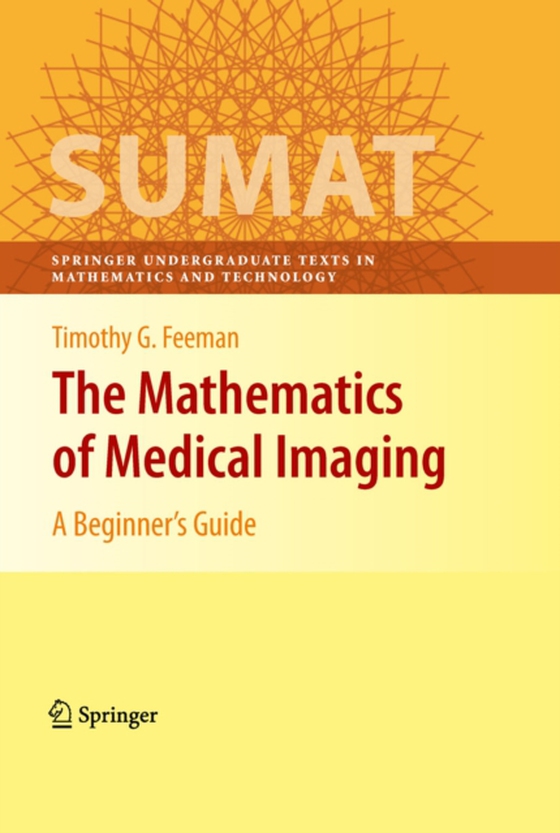
Mathematics of Medical Imaging e-bog
337,32 DKK
(inkl. moms 421,65 DKK)
In 1979, the Nobel Prize for Medicine and Physiology was awarded jointly to Allan McLeod Cormack and Godfrey Newbold Houns eld, the two pioneering scienti- engineers primarily responsible for the development, in the 1960s and early 1970s, of computerized axial tomography, popularly known as the CAT or CT scan. In his papers [13], Cormack, then a Professor at Tufts University, in Massachusetts, ...
E-bog
337,32 DKK
Forlag
Springer
Udgivet
10 marts 2010
Genrer
MKS
Sprog
English
Format
pdf
Beskyttelse
LCP
ISBN
9780387927121
In 1979, the Nobel Prize for Medicine and Physiology was awarded jointly to Allan McLeod Cormack and Godfrey Newbold Houns eld, the two pioneering scienti- engineers primarily responsible for the development, in the 1960s and early 1970s, of computerized axial tomography, popularly known as the CAT or CT scan. In his papers [13], Cormack, then a Professor at Tufts University, in Massachusetts, dev- oped certain mathematical algorithms that, he envisioned, could be used to create an image from X-ray data. Working completely independently of Cormack and at about the same time, Houns eld, a research scientist at EMI Central Research Laboratories in the United Kingdom, designed the rst operational CT scanner as well as the rst commercially available model. (See [22] and [23]. ) Since 1980, the number of CT scans performed each year in the United States has risen from about 3 million to over 67 million. What few people who have had CT scans probably realize is that the fundamental problem behind this procedure is essentially mathematical: If we know the values of the integral of a two- or three-dimensional fu- tion along all possible cross-sections, then how can we reconstruct the function itself? This particular example of what is known as an inverse problem was studied by Johann Radon, an Austrian mathematician, in the early part of the twentieth century.
 Dansk
Dansk

